Jianmin Lu
Wi-Fi 8: Embracing the Millimeter-Wave Era
Sep 28, 2023
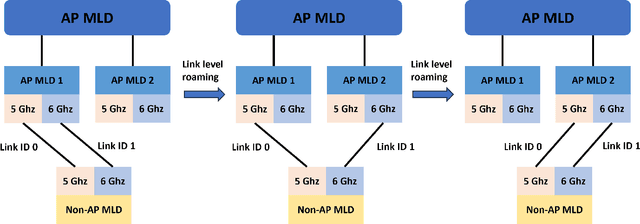

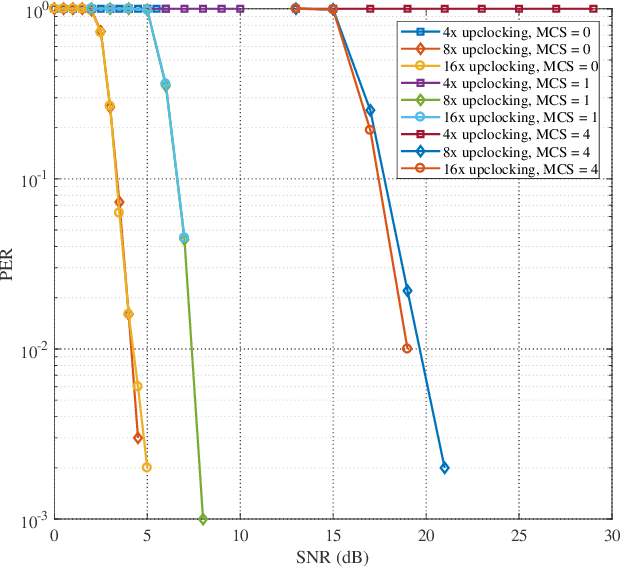
Abstract:With the increasing demands in communication, Wi-Fi technology is advancing towards its next generation. Building on the foundation of Wi-Fi 7, millimeter-wave technology is anticipated to converge with Wi-Fi 8 in the near future. In this paper, we look into the millimeter-wave technology and other potential feasible features, providing a comprehensive perspective on the future of Wi-Fi 8. Our simulation results demonstrate that significant performance gains can be achieved, even in the presence of hardware impairments.
Sensiverse: A dataset for ISAC study
Aug 26, 2023



Abstract:In order to address the lack of applicable channel models for ISAC research and evaluation, we release Sensiverse, a dataset that can be used for ISAC research. In this paper, we present the method of generating Sensiverse, including the acquisition and formatting of the 3D scene models, the generation of the channel data and associations with Tx/Rx deployment. The file structure and usage of the dataset are also described, and finally the use of the dataset is illustrated with examples through the evaluation of use cases such as 3D environment reconstruction and moving targets.
Joint Communication and Computation Design in Transmissive RMS Transceiver Enabled Multi-Tier Computing Networks
Oct 27, 2022



Abstract:In this paper, a novel transmissive reconfigurable meta-surface (RMS) transceiver enabled multi-tier computing network architecture is proposed for improving computing capability, decreasing computing delay and reducing base station (BS) deployment cost, in which transmissive RMS equipped with a feed antenna can be regarded as a new type of multi-antenna system. We formulate a total energy consumption minimization problem by a joint optimization of subcarrier allocation, task input bits, time slot allocation, transmit power allocation and RMS transmissive coefficient while taking into account the constraints of communication resources and computing resources. This formulated problem is a non-convex optimization problem due to the high coupling of optimization variables, which is NP-hard to obtain its optimal solution. To address the above challenging problems, block coordinate descent (BCD) technique is employed to decouple the optimization variables to solve the problem. Specifically, the joint optimization problem of subcarrier allocation, task input bits, time slot allocation, transmit power allocation and RMS transmissive coefficient is divided into three subproblems to solve by applying BCD. Then, the decoupled three subproblems are optimized alternately by using successive convex approximation (SCA) and difference-convex (DC) programming until the convergence is achieved. Numerical results verify that our proposed algorithm is superior in reducing total energy consumption compared to other benchmarks.
Uplink Transceiver Design and Optimization for Transmissive RMS Multi-Antenna Systems
Dec 16, 2021
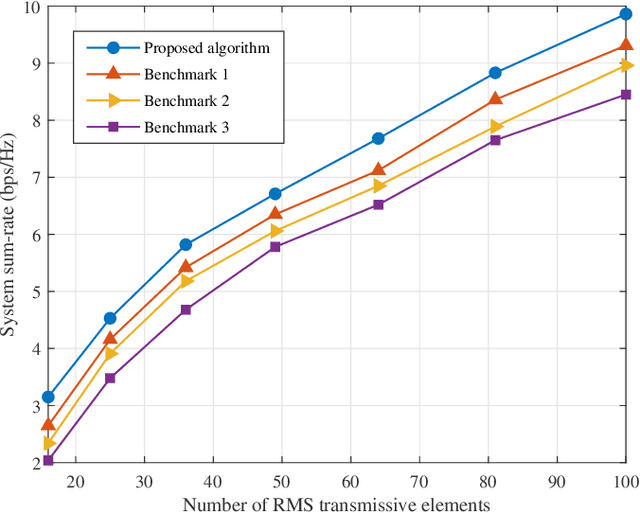
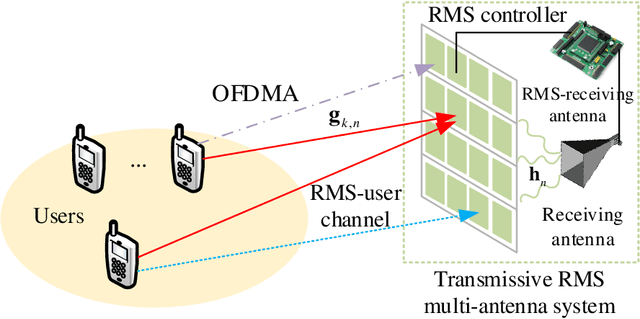
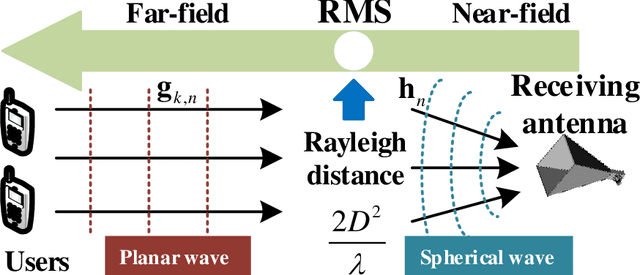
Abstract:In this paper, a novel uplink communication for the transmissive reconfigurable metasurface (RMS) multi-antenna system with orthogonal frequency division multiple access (OFDMA) is investigated. Specifically, a transmissive RMS-based receiver equipped with a single receiving antenna is first proposed, and a far-near field channel model based on planar waves and spherical waves is given. Then, in order to maximize the system sum-rate of uplink communications, we formulate a joint optimization problem over subcarrier allocation, power allocation and RMS transmissive coefficient design. Due to the coupling of optimization variables, the optimization problem is non-convex, so it is challenging to solve it directly. In order to tackle this problem, the alternating optimization (AO) algorithm is used to decouple the optimization variables and divide the problem into two sub-problems to solve. First, the problem of joint subcarrier allocation and power allocation is solved via the Lagrangian dual decomposition method. Then, the RMS transmissive coefficient design can be obtained by applying difference-of-convex (DC) programming, successive convex approximation (SCA) and penalty function methods. Finally, the two sub-problems are iterated alternately until convergence is achieved. Numerical simulation results verify that the proposed algorithm has good convergence performance and can improve system sum-rate compared with other benchmark algorithms.
Edge Artificial Intelligence for 6G: Vision, Enabling Technologies, and Applications
Nov 24, 2021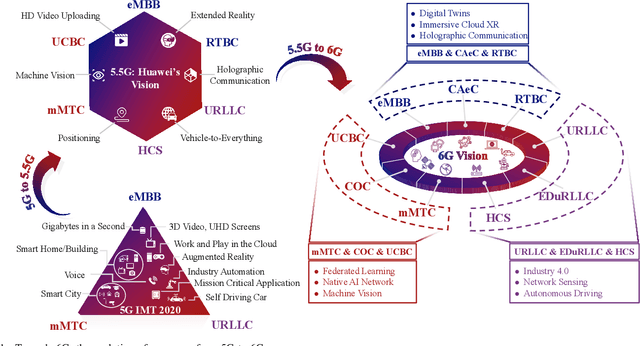
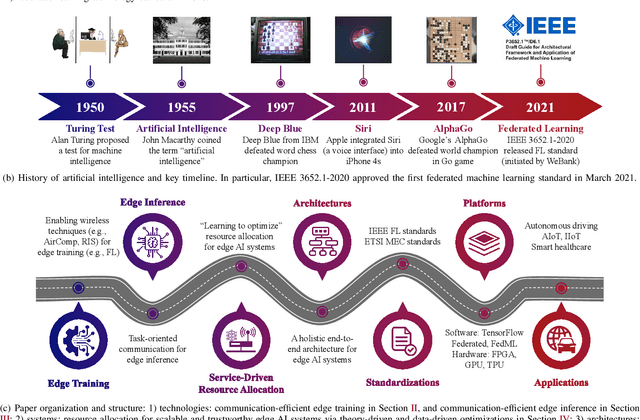
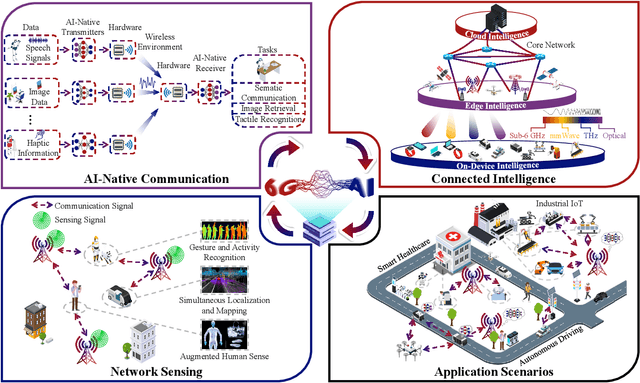

Abstract:The thriving of artificial intelligence (AI) applications is driving the further evolution of wireless networks. It has been envisioned that 6G will be transformative and will revolutionize the evolution of wireless from "connected things" to "connected intelligence". However, state-of-the-art deep learning and big data analytics based AI systems require tremendous computation and communication resources, causing significant latency, energy consumption, network congestion, and privacy leakage in both of the training and inference processes. By embedding model training and inference capabilities into the network edge, edge AI stands out as a disruptive technology for 6G to seamlessly integrate sensing, communication, computation, and intelligence, thereby improving the efficiency, effectiveness, privacy, and security of 6G networks. In this paper, we shall provide our vision for scalable and trustworthy edge AI systems with integrated design of wireless communication strategies and decentralized machine learning models. New design principles of wireless networks, service-driven resource allocation optimization methods, as well as a holistic end-to-end system architecture to support edge AI will be described. Standardization, software and hardware platforms, and application scenarios are also discussed to facilitate the industrialization and commercialization of edge AI systems.
A Survey on Fundamental Limits of Integrated Sensing and Communication
Apr 22, 2021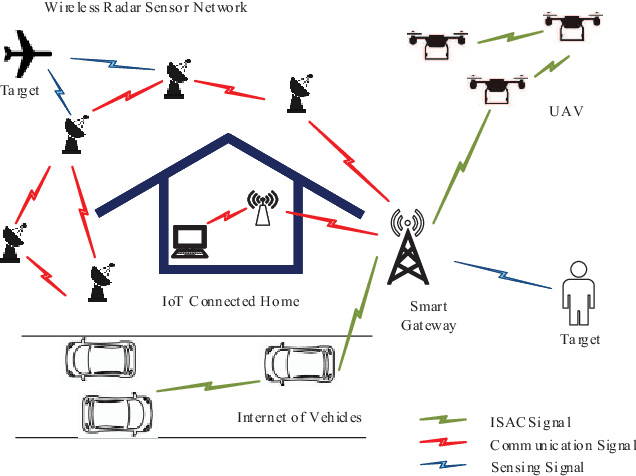
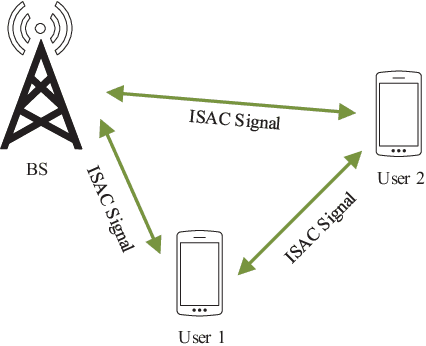
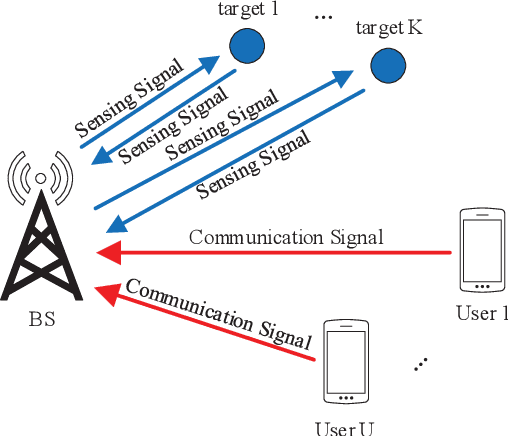
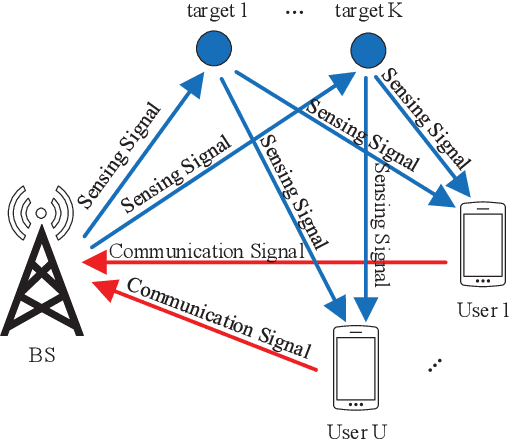
Abstract:The integrated sensing and communication (ISAC), in which the sensing and communication share the same frequency band and hardware, has emerged as a key technology in future wireless systems. Early works on ISAC have been focused on the design, analysis and optimization of practical ISAC technologies for various ISAC systems. While this line of works are necessary, it is equally important to study the fundamental limits of ISAC in order to understand the gap between the current state-of-the-art technologies and the performance limits, and provide useful insights and guidance for the development of better ISAC technologies that can approach the performance limits. In this paper, we aim to provide a comprehensive survey for the current research progress on the fundamental limits of ISAC. Particularly, we first propose a systematic classification method for both traditional radio sensing (such as radar sensing and wireless localization) and ISAC so that they can be naturally incorporated into a unified framework. Then we summarize the major performance metrics and bounds used in sensing, communications and ISAC, respectively. After that, we present the current research progresses on fundamental limits of each class of the traditional sensing and ISAC systems. Finally, the open problems and future research directions are discussed.
 Add to Chrome
Add to Chrome Add to Firefox
Add to Firefox Add to Edge
Add to Edge